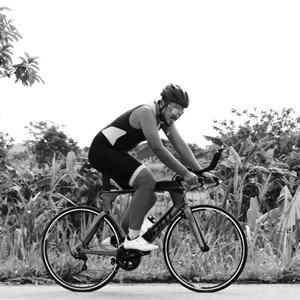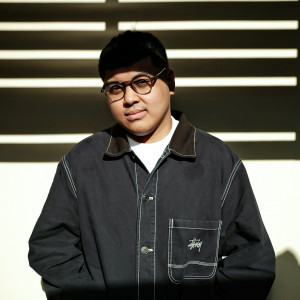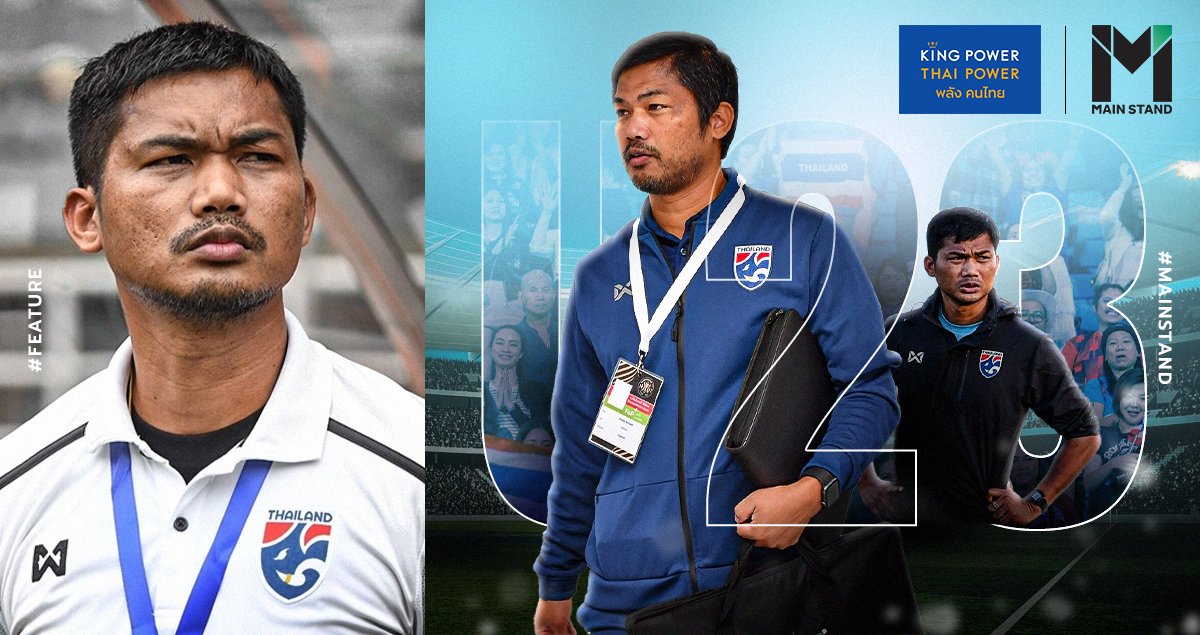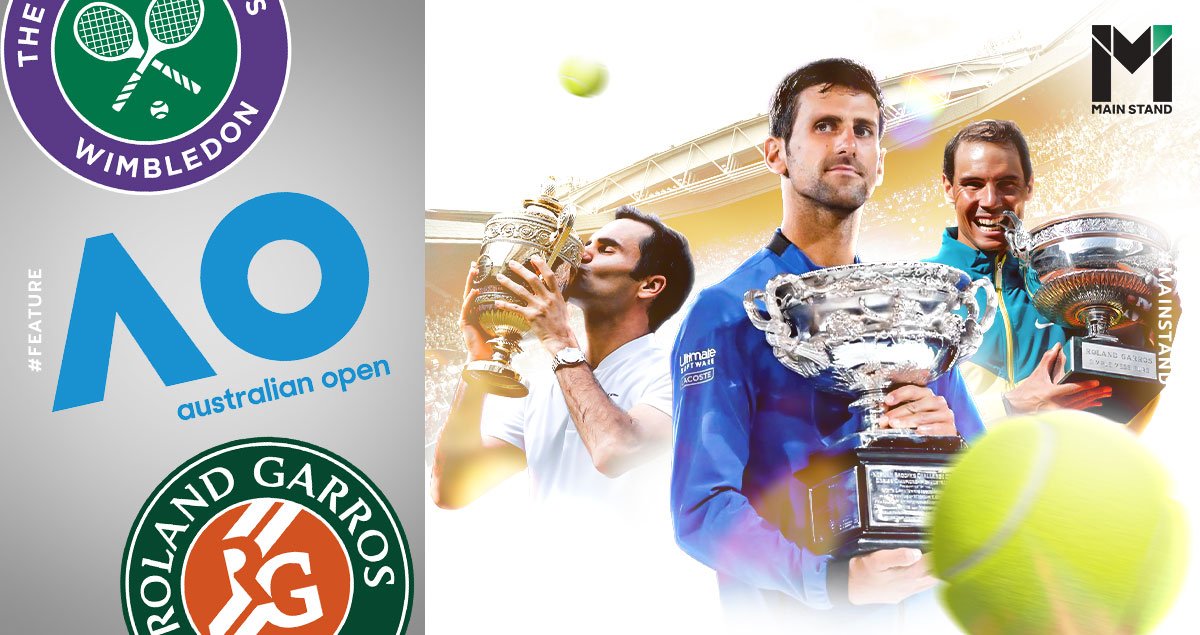
The Qatar World Cup has been the epitome of eventful during these preeminent phases.
Whether it’s England hitting an unorthodox six past Iran, Ecuador spoiling the Qatari Party or Saudi Arabia producing arguably the biggest upset in World Cup history, this tournament has been unpredictable and extraordinary on several fronts.
None poised to be more unpredictable and extraordinary than group E though, featuring Spain, Germany, Japan and Costa Rica.
On paper, the average football fan, or maybe even the avid football fan, would foresee the two European powerhouses steamrolling their way to the knockouts.
However, this just doesn’t seem to be the case, with a host of tactical, form and circumstantial variables tilting this group into the realms of unpredictability.
Hence here on Main Stand with writer Agastya Bajaj, we dissect each team in ‘Group Extraordinary’ and explain why this will be the most competitive group of the tournament.
Spain
After a period of untouchable elegant tiki-taka dominance in the late 2000s and early 2010s, the Spanish National Team haven’t been able to rediscover these heights yet.
Since their ruthless EURO 2012 triumph, La Roja have had a tumultuous decade.
The sacking of successful head coach Del Bosque in collation with retiring icons such as David Villa, Andres Iniesta and Iker Casillas hindered the nation’s stability in their quest for incomparable success.
With the European heavyweights losing diamonds in their pursuit of gold, results such as an unprecedented group stage exit in 2014 and an unexpected Round of 16 defeat to Russia in the previous campaign led to mediocrity almost becoming a norm again.

The key word there is almost, with the appointment of Luis Enrique completely redirecting Spain’s reputation and results upward.
In the decorated manager’s first tournament, Euro 2020, his Spanish side managed to make the semi-finals.
Although they did lose on penalties to eventual winners Italy, the manager garnered immense plaudits for revitalizing Spain’s glamour and ambition despite the lack of preparation and elite personnel.
However, heading into this Winter World Cup, Enrique has managed to stamp his authority on the side after having a tournament under his stewardship.
Despite Spain in the equivalent of an international squad overhaul, Enrique has successfully integrated his tactical philosophy into the primarily young core.
Enrique’s side comfortably qualified for this tournament, amassing six victories in
their eight qualification matches whilst acclimating to Enrique’s renowned style of play.

“I don’t have any doubts because of doubts or tactical decisions. My doubts are because of the high level they are showing. The training sessions have been spectacular and we are working at a level that means we will start games strong,” said a relaxed Enrique about his style of play ahead of the tournament.
Enrique has transformed the previously pragmatic and aging Spanish side into an organized, modern-day possession-based side.
Throughout his tenure, Spain have remarkably amassed over 60% possession in each match. The side averaged 72% at the Euros, the highest at the tournament by some margin.
Enrique’s side aren’t just experts at keeping the ball, though. Their patient yet the high-intensity style of play, which involves passing out from the back and controlling games through intricate passing chains, has made them a tough side to win the ball from.
Their intensity and pressing out of possession is also second to none, with Enrique expertly and proactively guiding his players on when to set traps and diminish opponents' passing lanes.
The Athletic depicts how successful Spain are out of possession. The expansive side ranked first in pressing success at the Euros. They were also in the upper echelon for final third pressures and tackles, ranking third in those, respectively.

Enrique’s side are recognized as the best international team on the planet between both boxes. That seems like high praise, which it is, but also raises doubt about their ability in both boxes and in front of the goal.
Their side’s main hindrance to achieving their full potential is going forward. Despite sumptuous build-up play, the side struggles to finish their chances regularly.
In their qualifying group, they underperformed their XG by 5.3, the biggest underperformers in qualifiers.
This is a byproduct of a lack of attacking profiles up top, particularly in the number 9 position, with purely Alvaro Morata to occupy that role.
As such, they had the joint lowest non-penalty goals in European qualification of any side headed to the tournament.
This Spanish side are also notorious for producing mishaps in front of their own goal in the box, with an error-prone nature at the back.

The other potential hindrance to an exceptional side in possession is how their system revolves around young core Pedri and Gavi.
Although this could be positive, with the talented teenagers featuring in their first World Cup, they could struggle to adapt to the pressure and physicality of the highest stage.
Especially with the side’s lack of quality up top, the side will rely on them and Sergio Busquets progression to maintain stability in possession and create goal-scoring opportunities, with the load potentially too much in their inaugural tournament.
Luis Enrique is quite confident about his personnel and leadership in the dressing room, telling the press, “The leader of the national team has to be the coach because it's me who decides who plays when we travel and things like that.”
Spain will be looking to progress after an encouraging run of form. Enrique’s side will be vying to make a deep run in the tournament, with their ceiling quite high depending on where they finish in the group.
Germany
It won’t be straightforward for Spain, though, with European powerhouses Germany in the group.
After being a dominant force for a lengthy duration, Germany suffered back-to-back tournament woes, echoing Spain.
A group stage exit in the previous World Cup and a round of 16 defeat to England at the Euros saw several internal changes.
The World Cup-winning manager Joachim Low was one of many departures from the national set-up. Players like Kroos also leaving the scene sparked another similar transitional period for the country that hoisted the World Cup on four separate occasions.

Like Spain, the appointment of established coach Hanzi Flick reignited Germany’s prospects as a contender.
Flick has completely emulated his vision at Bayern with the national side, making Germany an attacking unit.
The vast array of ball-winning talent in midfield such as Kimmich, Gundogon and Goretzka has given the manager the ability to make Germany a more attacking unit. Flick can also rely on them with the ball, with their reliable ball retention in Flick’s attacking system.
Under Flick, the German side maintains a 4-2-3-1 formation out of possession. The side usually likes to push up the pitch, boasting a high defensive line.
Their most effective build-up denotes quick passing and link-up between wide players and free creative players on the flanks
The quick, one-touch passing and interchangeability on the flanks allow for Germany to have multiple areas of scoring. The different play patterns in the final third make Germany more potent and unpredictable going forward.

It also allows Germany to aggressively overload players into the box, with this attacking style.
Germany accumulated nine victories in 10 matches in their qualification group, including 36 goals.
However, the side’s backline restricts them from reaching their full potential.
An aging and injury-prone defense have dwindled their robustness and made them quite susceptible to runs in behind on the break.
The nation doesn’t boast any balanced and reliable full-backs for this tournament. Using Kehrer, Hoffman and Raum as full-backs presents many opportunities going forward but potential defensive mishaps at the back.

These fullbacks have shown an erratic ability to hold a high line successfully.
Germany have also only kept one clean sheet in their past eight matches, an ominous sight heading into the tournament.
The side also didn’t advance to the knockouts in their Nations League group, conceding a host of chances on the flanks because of how aggressively the side and their fullbacks push going forward.
The expected Germany lineup ahead of the clash against Japan is as follows
Neuer, Kehrer, Rudiger, Sule, Raum, Kimmich, Gundogon, Musiala, Sane, Gnabry and Havertz
Germany will be an interesting side to watch in this tournament. The attacking brand will make them quite an alluring side for neutrals to watch. Young talent such as Musiala, a focal point of Germany’s extraordinary attack, will enhance enthusiasm and interest.
Regardless, the Germans will be vying to make a deep run in the tournament like Spain, however, it won’t be easy for them.
Japan
Although Spain and Germany have progressed under new regimes, arguably Asia’s strongest nation, Japan could present them with challenges.

Some believe the Samurai Blue will pip one of the two European powerhouses in a bid for a second consecutive Round of 16 places.
Japan have made the Round of 16 on three separate occasions in the World Cup, with their previous campaign seeing them outplay Senegal and Colombia in the group stage.
The side nearly eliminated number one Belgium in the Round of 16, but fell short 3-2 in a thrilling encounter.
That being said, with Japan also in a transitional period, seeing superstars depart and manager Akira Nishino not maintaining his role as manager, Japan still head into Qatar with optimism.
The appointment of Hajime Moriyasu has seen peaks and troughs, with the side having a slow start to qualifying. Eventually, Moriyasu managed to steady the ship, transforming a young Japanese squad into an organized unit with cohesion.
Attacking personnel such as Takefusa Kubo, Daichi Kamada, and Takumi Minamino paired with established defensive players such as Takehiro Tomiyasu, Maya Yoshida and Yuto Nagatomo make for a balanced dressing room.
Japan also boast great depth, with several European top-flight league players such as Ritsu Doan and Brighton starlet Kauro Mitoma off the bench.

The midfield engine and ball-winning superiority of Wataru Endo and Hidemasa Morita ascend Japan’s opportunity of dictating play in the middle of the park. With Japan's blend of experience and youth, the nation is poised for an interesting tournament.
Moriyasu has just recently begun to utilize the 4-2-3-1 formation, with the manager telling the press, “We used Endo, Morita and Kamada in this system to see how we could bring out the best of each individual player,” after their 2-0 dominant victory against the US in a friendly before the tournament.
Japan are quite an expansive side, looking to play forward quickly and create chances through link-up between full-backs, wingers, and creative players.
Out of possession, the Japanese are quite an adaptable side. Moriyasu usually switches to a 4-4-2 system, dropping the line slightly deeper and with a compact width to mitigate spaces and present a more robust and reliable backline with numbers.
The side also presses in this compact shape, forcing many turnovers. The Athletic said the side successfully made the US garner 21 turnovers, a high number that denotes the effective pressing shape.

With Japan’s exquisite organization in and out of possession, it poses an interesting test against Germany, for example.
With Germany having questions about their ability to break a low block and Spain struggling to convert chances at an efficient rate, Japan will not give them a vast array of looks in front of the goal.
Furthermore, with Germany aggressively pushing up, this will give Japan opportunities to hurt them on the break with quick build-up, particularly out wide.
The ability to catch the German high line out will be something Moriyasu looks to do, forcing the ball back to the Japanese through their compact press.
It’ll also be interesting to witness how Japan’s organization out of possession is against Spain’s high pressing and possession-based system. The Samurai Blue are fairly comfortable with the ball, utilize the width of the pitch and could catch Spain out on the break too.
That being said, the Samurai Blue will hope to produce another exquisite campaign by making it to the Round of 16 once again and establishing themselves amongst the best.
Costa Rica
The Japanese, Spanish and Germans look quite threatening, particularly the latter going forward. Unfortunately for them, being in a group with Costa Rica may be a relief defensively but makes going forward vastly complex.
Under manager Luis Fernando Suarez, Costa Rica has transformed into an impenetrable unit.
In their World Cup qualifiers, per the Athletic, the side accumulated 0.09 XG per shot conceded, the lowest by some margin.

The pragmatic setup out of possession, a 4-4-2 compact and lower block, makes the side have minimal gaps and a tough unit to break down through covering the bulk of areas on the pitch.
Costa Rica usually likes to sit back, soak up the pressure, and hit front-foot teams through quick, reactive and direct attacks. The side averaged 39% possession in their qualifiers, the lowest in their region.
The side will aim to do this against all three teams in the group, waiting for a mistake to pounce and exploit their high line.
This leaves the likes of Germany more susceptible to Costa Rica, with any errors potentially resulting in calamitous ramifications.
The side’s setup will also test whether Spain have the ability and attacking fluidity to create enough chances to prevail.
As aforementioned, Spain excel with the ball but can they garner enough chances to score, or will Costa Rica make the side play out wide through crosses and mitigate effective scoring opportunitiesใ

The side playing this pragmatic obviously requires a lot of out-of-possession focus but it certainly seems like a viable task for this unit.
The team, led by Keylor Navas and Oscar Duarte, ensures they have the experience and leadership to perform on the highest stage.
In addition to experience, Costa Rica regularly played like this in qualification, ranking bottom for possession and passes per action at the back.
However, this style of play presents concerns going forward, with Costa Rica getting few opportunities up top. This means they will need to be vastly clinical to ensure they get chances to score.
Matchups
With all this said, group E is poised to be a fascinating group in this tournament.
The differences in styles, Costa Rica’s compact pragmatic setup against Germany’s relentless and aggressive high line, for example, bodes for an interesting encounter.
With Spain and Germany vying for deep runs in the tournament, they’ll need to merit their credentials as contenders by attempting to get past the Samurai Blue. That won’t be easy, though, with Japan being an incredibly organized and versatile unit with and without possession.
Group E kicks off today, with Japan taking on Germany inside the Khalifa International Stadium at 16:00 local time. One hour after the match concludes, Spain face Costa Rica at the Al Thumama Stadium in what is poised to be an interesting group.
Sources
https://theathletic.com/3790145/2022/11/15/spain-squad-guide-world-cup/
https://english.news.cn/20221122/cb909dda6d5945cf8010a9d8f55b0027/c.html






